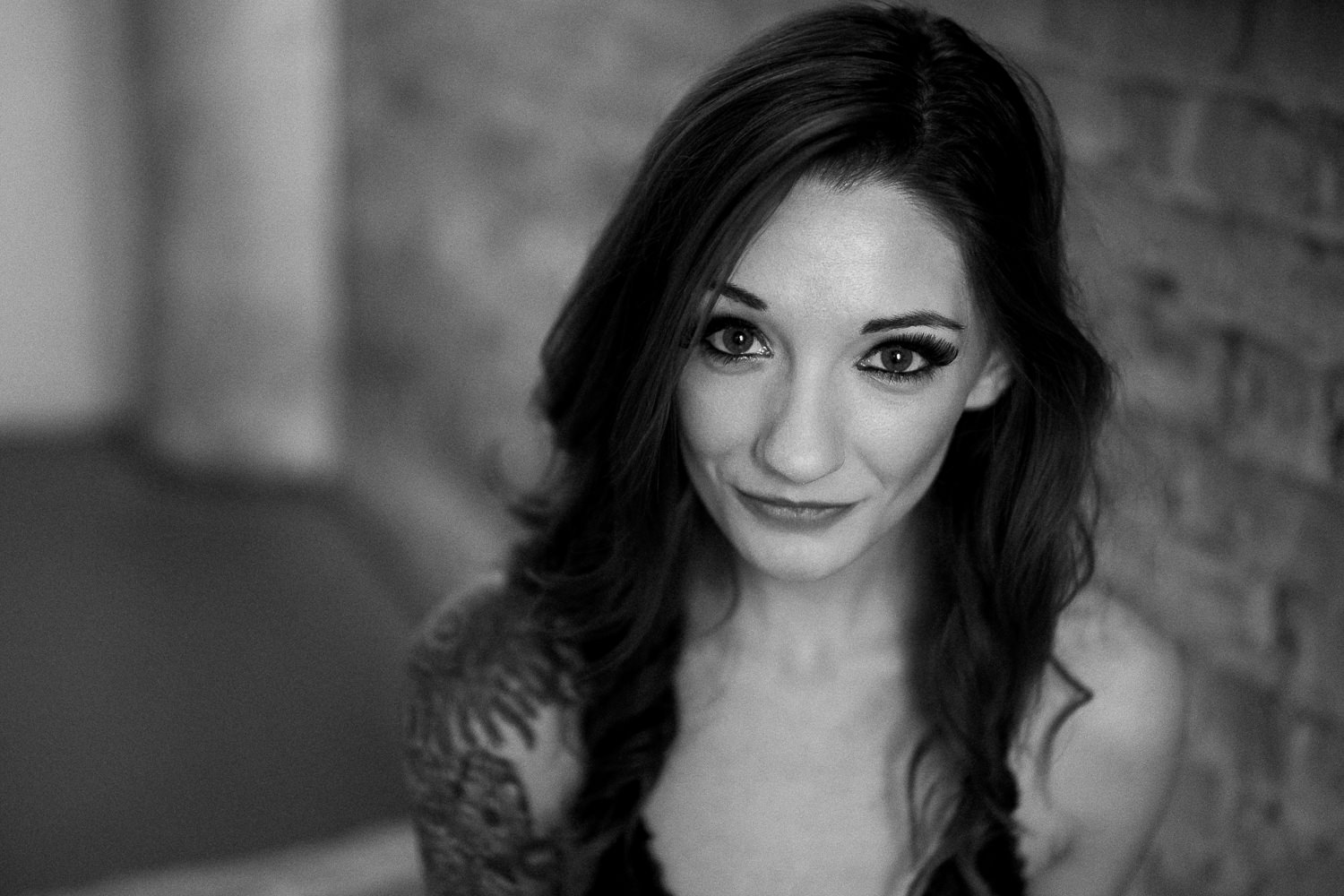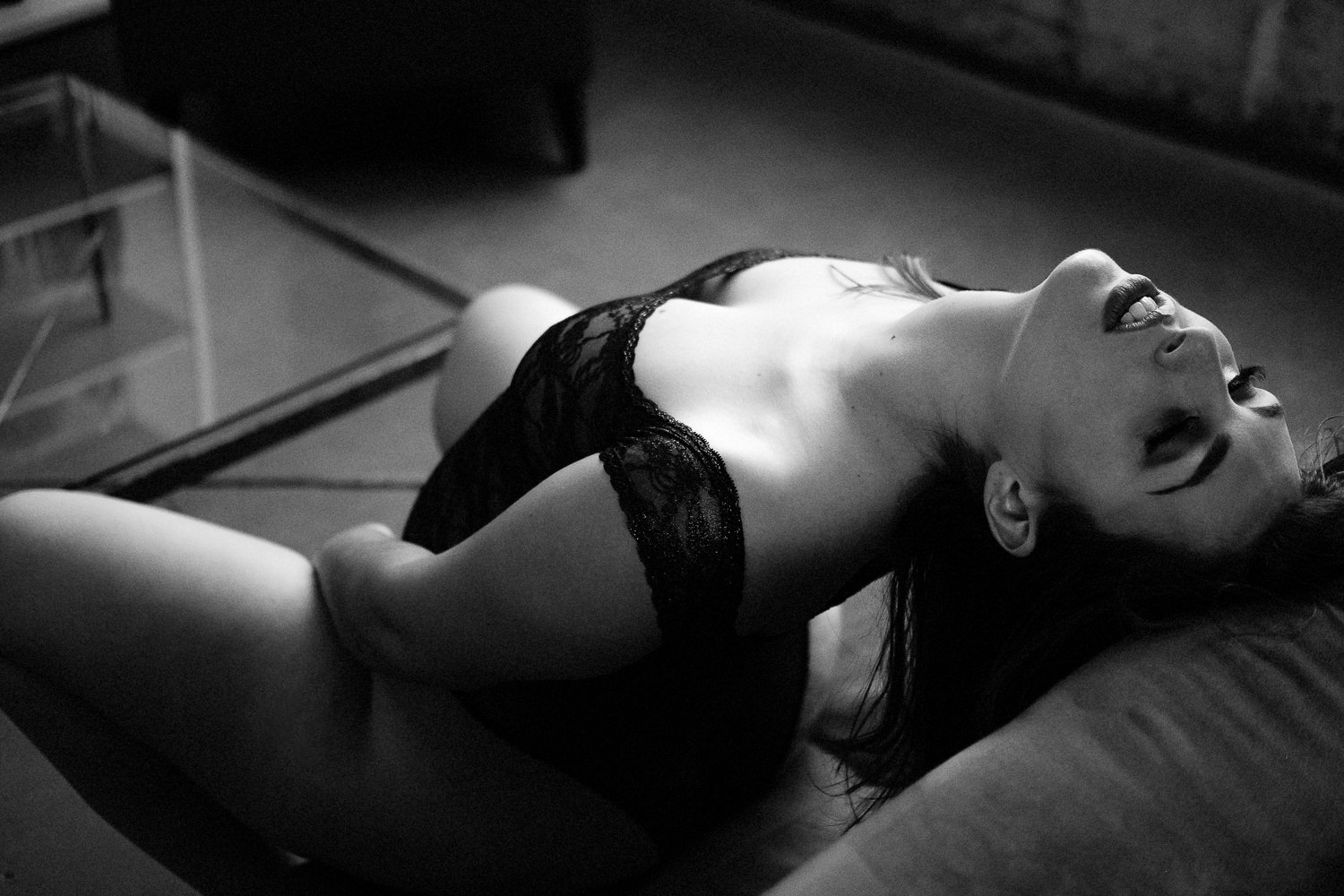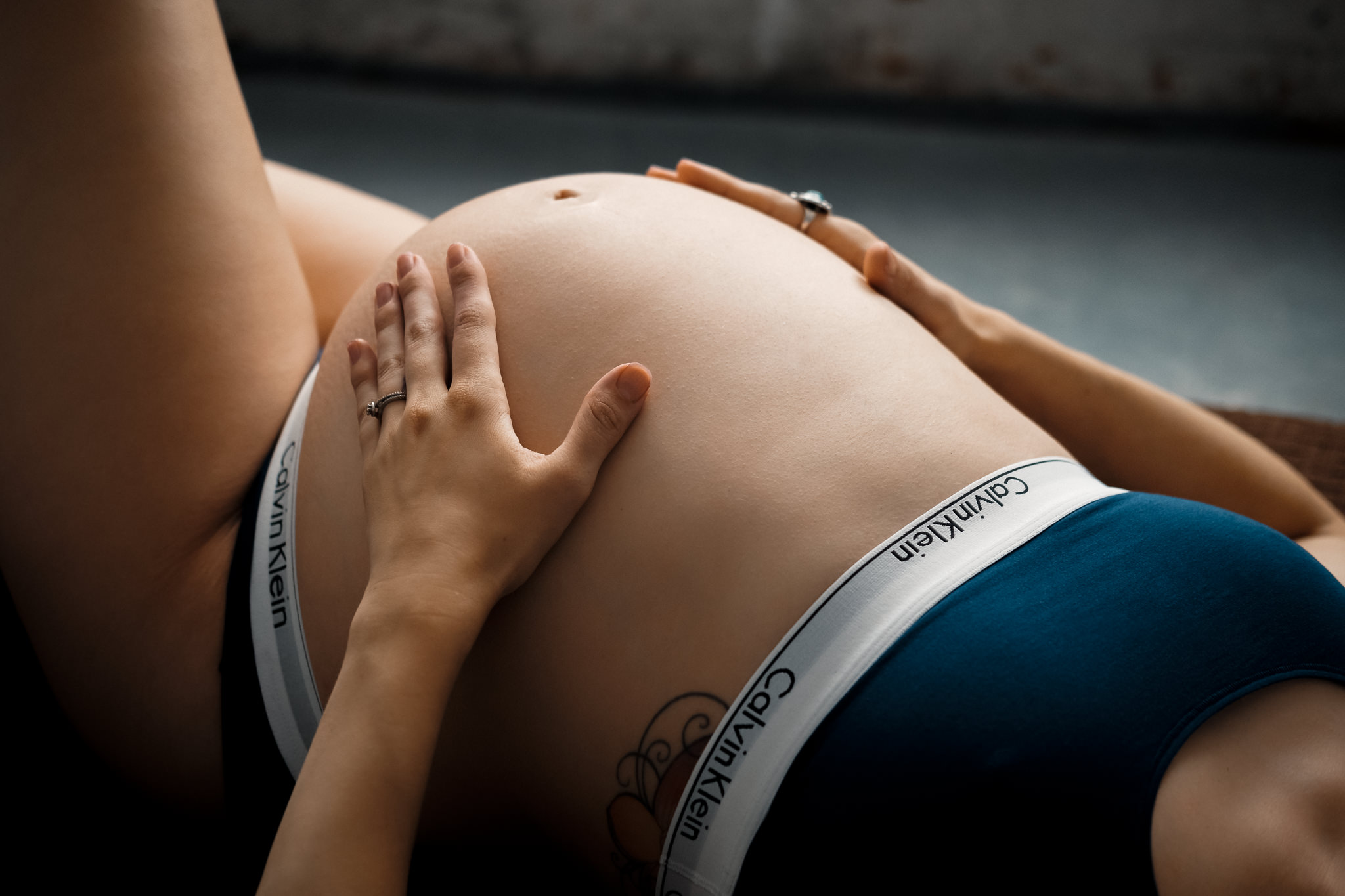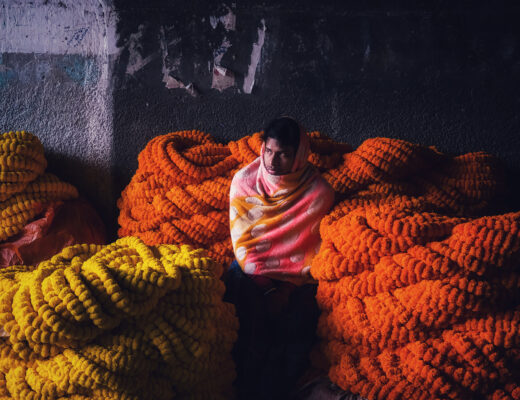Things are somewhat changing recently in regards to how the general photography community views APS-C and crop sensor cameras in general. But much of the long-held myths and old wives tales regarding the format, and more specifically how it compares to full frame, are still firmly held by many in the community. I often hear portrait photographers talk about their love of bokeh and how they can only get the look they want with full frame.
Well, I run against the grain a little bit, both in my style and my preferences with photography, and I am here to say that I actually prefer APS-C to Full Frame for several reasons. But it begins with an aspect that many see as a downside – depth of field. I like creamy bokeh as much as the next guy, it’s hard to deny the value of subject/background separation in a pleasing way. But for me, it is not an end all, be all as it is made out to be by some.
So, coming back to my reasoning for preferring my APS-C Fujifilm experience over any full frame camera I have owned, the depth of field to light gathering ratio is one that I prefer. Let me explain…
As we all know, a 50mm equivalent APS-C lens (the Fujifilm 35mm F2 for example) shot at F2 will exhibit more depth of field (ie, more detail in the range of acceptable focus) than an actual 50mm full frame lens at F2 would. However, what many often overlook about this is the fact that the light gathering value of F2 doesn’t change. So, you are capturing the same amount of light, just getting more in focus.
In my case, shooting portraiture, as nice as it is to have an extremely creamy bokeh, doing so at the expense of having portions of my subject’s face (one eye for example) slipping or completely out of focus kills me. I mean sure, having that extremely tight focus on one aspect of their body in a shot here or there is fine and dandy, but not all of my frames. However, in order to compensate for that on a full frame camera, I would need to stop my lens down, achieving my desired effect of getting more depth of field, but also negatively effecting my exposure. Sure, in some situations one could compensate for that with ISO or Shutter, but if you are already pushing the limits of your camera/lens combination in a lower light scenario (as I often am with my boudoir style) that isn’t really an option.
However, when I am shooting that same scenario with my X-Pro2 I am able to shoot at F2 and retain that light, but my effective depth of field is a stop or so deeper. Creating a look that I find to be much more appealing for a majority of my images than that razor thin ‘eyelash only’ in focus look. Also, it is not as if F1.4 or F2 in the Fuji system don’t have any bokeh or subject separation, it’s still very much there and creamy enough for my liking.
As well, if I want to shoot with a crazy lens like Mitakon’s F0.95 35mm, I can do so without it causing difficult depth of field issues. Take a look at Canon’s 85mm F1.2 for example, an amazing lens by all accounts, but darn frustrating to get the focus just right at the sort of distances I like to be at when shooting portraits. It’s like really hard to get focus exactly where you want it with such a razor thin depth of field. In the case of the Mitakon lens, I get the extreme light gathering without the extremely thin depth of field – an ideal situation in my opinion.

Shot with the Rokinon 35mm F1.2 @ F1.2, So you can still get that super shallow depth of field when you want it.
This may be different for you, and that is ok. But I just wanted to call attention to a big reason why I actually prefer my APS-C Fuji system to a Full Frame one. For any of you potentially investigating the X-Series, this is an aspect of the APS-C lifestyle that is often looked down upon by larger format shooters – but as you can see, it is something that I find to be a great benefit and maybe you find that you agree.





















